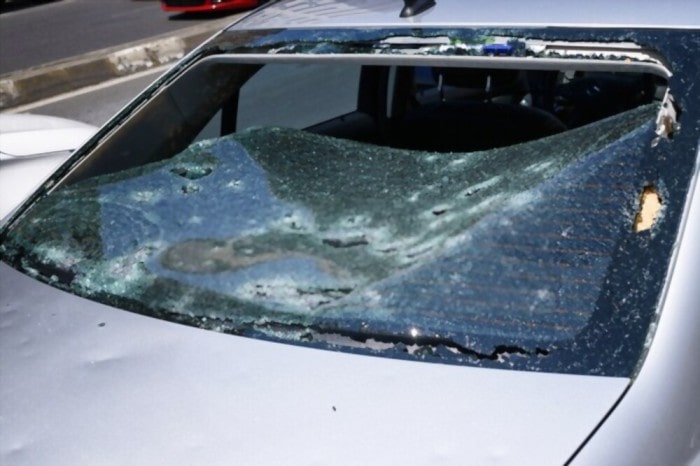
Whether or not climate change will result in more violent weather in your area, it’s certain that extreme events are becoming slowly more common across the US with incredibly damaging results. Some storms cause upwards of a billion dollars’ worth of damage, costing individuals, insurers, and the federal government a huge amount in repairs.
And one of the most common sources of individual costs are your vehicle, which can be damaged by an array of extreme weather events. Here’s what you should do to protect or repair your automobile in the event of extreme weather in your area.
Covered Parking
The only sure way to guarantee the safety of your vehicle when a storm is due is to find covered parking for your motor vehicle. You’ll find that this kind of parking is everywhere in your local area, including in underground car parks, some superstore parking bays, and other areas that provide paid-for covered parking. Some homes also have an attached garage for vehicles, and if you are lucky enough to have one, this is the time to get your car covered inside it, even if it means clearing away some of the junk that you store in your garage.
Insurance
Whether you’re expecting a heavy hail storm or a tornado which might cause a huge amount of damage to your local area, it’s always worth checking in with your insurance companies in order to understand what kinds of damage you’ll be covered for in the event of extreme weather.
There’s nothing more disappointing to find that you’re not covered forthe damage that your car or home have experienced in the aftermath of violent weather events. There are three types of auto insurances you can have, collision, liability, and comprehensive coverages.
Comprehensive insurance covers the “Act of Nature,” such as a flood, a wildfire, a hailstorm, tornado damage, etc. – anything that you have no control over that’s due to nature. If you live in an area prone to catastrophic weather, it’s worth adding comprehensive coverage. Not only will insurance cover those damages, but it also will not increase your premium because those issues are out of your control.
When Driving
If you’re driving your vehicle at the time of a violent storm, it’s recommended that you make a decision that’s aimed at enhancing your safety. If you’re being battered by hailstones, for instance, you may wish to pull over and take cover in the back of your car, especially since hail stones have been known to smash windshields.
If you’re driving through high winds and rain that’s making driving dangerous, it’s also recommended that you pull over and put on your warning lights. Call the police if you feel that you are under threat or if your vehicle has skidded off the road. Safety is always your first priority in these extreme weather events.
Hail Storms
Hail storms are particularly damaging for your vehicle. Hail often comes in small pellets that do little harm to vehicles or people, but occasionally, and often enough to cause concern, hail stones that are larger than golf balls can also fall. The largest have been measured at around the size of a soccer ball, which, in balled ice, is both a safety hazard and a danger to your vehicle.
In the event of a hail storm, you’re going to need to go to experts who know exactly how to repair your car’s dents and bumps, as well as smashed windshields, which are common in hail storms. Contact experts at hail damage repair Denver and have them pick up your car for repair and liaise with your insurer to adequately deal with the impact of the hail stones that have battered your vehicle.
Violent Winds
Another common cause of vehicular damage is high winds. These can come inthe form of a tornado or hurricane, and will likely leave your vehicle damaged by the fallen limbs of trees, or other flying debris which catches against your car.
Protecting your car by parking it in a covered area sometimes fails to help in the most extreme storms, such as ones where roofs are ripped off and extensive damage is witnessed across a large area. If you car’s been damaged in high winds, contact your insurer to let them know you’ve experienced an extreme weather event that’s caused damage to your car. They should give you the green light for your repairs, which you can undertake at a garage near you as soon as it is safe to do so.
Future Planning
In the end, there’s no way to predict the future. Sometimes extreme weather takes you by surprise and is not forecast. That’s why it can pay to always park your vehicle in a safe parking space, so that in the event of freak hail stones or high winds, your vehicle will be one of the lucky ones to escape damage. Remain aware of safe parking spaces in your area to help protect your vehicle in the future.
These tips will help protect or repair your vehicle in the event of damaging extreme weather events like hail and high winds.
